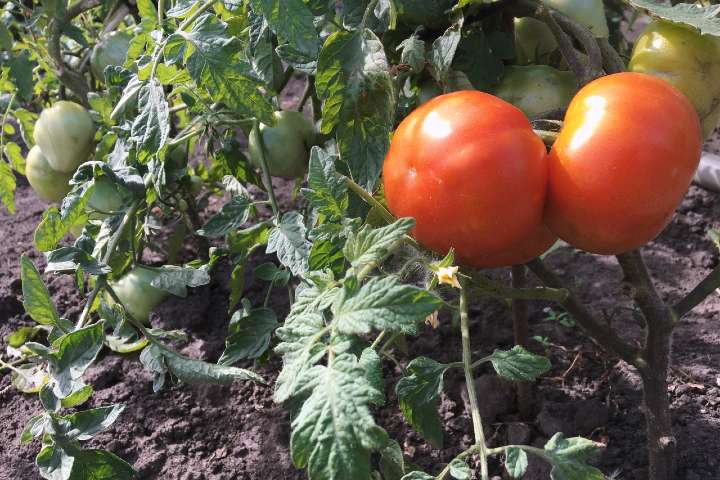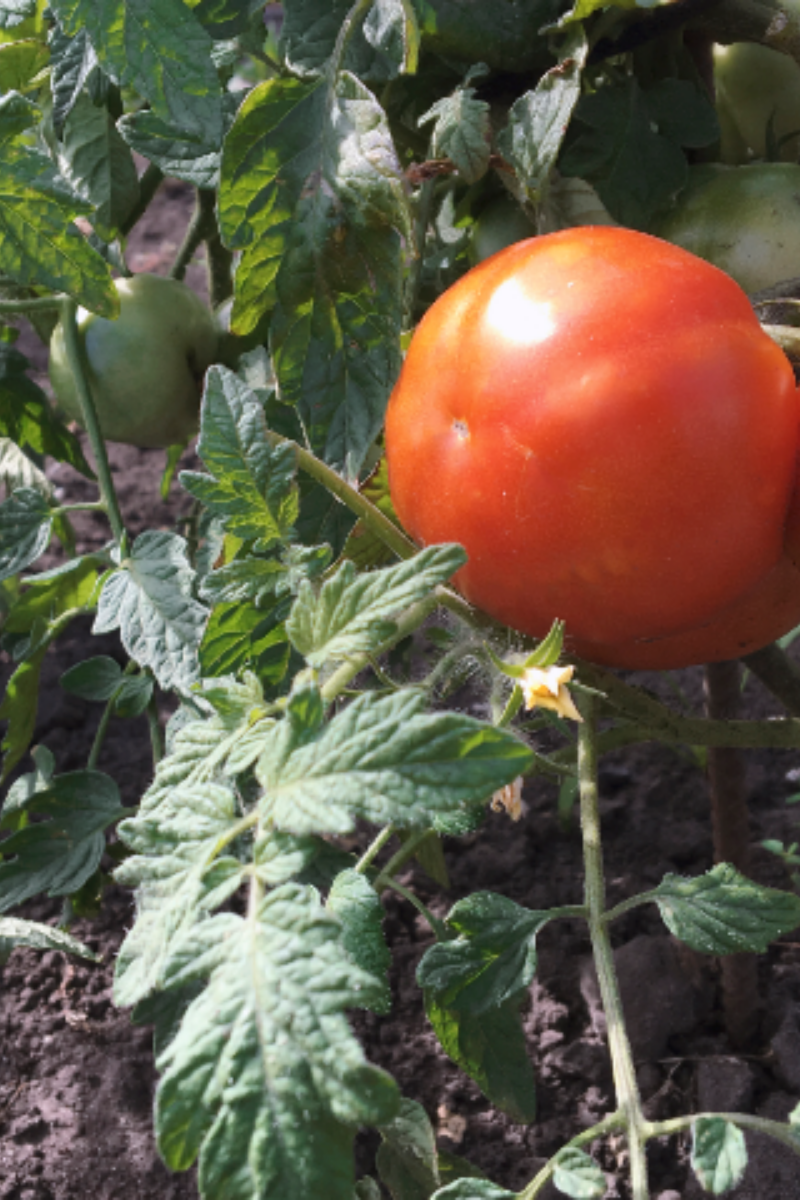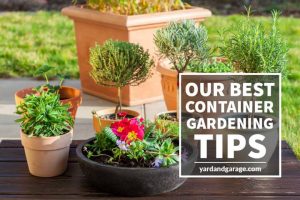
Tomato leaves are usually glossy with a tinge of deep green, indicating that they’re happy and healthy. Unfortunately, many gardeners have visited their tomato plants and found something quite different.
Tomatoes’ changing color is usually an initial tell-tale sign that a potentially concerning health issue is surfacing and may need quick intervention to preserve the harvest. Common color changes include variations of yellow to brown and, in some cases, purple.
Three potential causes usually surface when it comes to tomatoes developing white spots. Let’s delve into finding out more about them.
Table of Contents
Powdery Mildew
Powdery mildew is a specific tomato plant disease that’s quite challenging to avoid since insects and air currents carry it from plant to plant. Several fungi types cause this disease common among tomato plants.
While this disease is prevalent in hot and dry or humid conditions for long periods, its fungus can survive the winter in compost and plant debris. That makes them more resilient, only coming out when the conditions are favorable.
It’s challenging to notice powdery mildew starting since it shows up as a powdery white discoloration on leaf undersides, eventually spreading to the stems and covering the entire plant. Fertilized plants with new and rapid leaf growth are also subject to infection by the fungus, and this disease can also spread to the fruits and leaves.
This fungus feeds on plants’ cells, causing stem and leaves to discolor without falling or detaching. However, this fungus won’t likely kill the plant but can vastly reduce yields or even impact the taste of tomato.
Therefore, it’s recommendable that you act promptly, treating powdery mildew once it shows up to get it under control if you want to eliminate it.
Bio fungicides like neem oil or safe commercial fungicides are the best at getting rid of this disease on edible plants. They don’t usually harm plants with toxic chemicals.
You could also cut away diseased plant parts weekly until the problem is no more. Your tomatoes will then have a chance at normal development once the powdery mildew is under control.
Best Ways to Prevent Tomato Powdery Mildew
- Discard or burn powdery mildew-infected plants instead of including them in your compost.
- Ensure proper spacing of your tomatoes, perhaps 18 to 24 inches apart, for the best results.
- Avoid watering the leaves directly since they have a knack for attracting and spreading fungi. Although costly, drip irrigation may be ideal and worth the hassle, even for your long-term ambition of growing tomatoes.
- Try using Sulphur spray, dust, or a bio-fungicide every week if the conditions are hot as a preventative measure for tomatoes typically affected by powdery mildew.
- Ensure that the plants get sufficient sunlight, preferably 6 to 8 hours.
- Increase air circulation by regularly pruning the plant using sanitized tools. Also, ensure that you also sanitize these tools after the procedure.
- Regularly fertilize your tomatoes while ensuring that you don’t overdo it since that can invigorate leaf growth and increase the vulnerability to fungus attacks. Fertilizing your tomatoes lets them stay disease-free, stress-free, and healthy!
- Varieties like Genorimo, Panzer, Imperial 643, and Massada are more resistant to powdery mildew.
Sun Scalding
Sun scalding results in white spots on tomato leaves due to lengthy exposure to sunlight. This condition typically occurs on young transplanted tomato leaves not used to the harsh heat and sunlight outside the sheltered greenhouses.
The condition jeopardizes the plant’s overall health since the sunburnt leaves dry out, turn brown and eventually fall off.
If they’ve already developed, sun scalding can manifest as white blistery patches on infected fruits.
Best Ways to Prevent Scalding on Tomatoes
Since your tomato seedlings may not be sturdy enough to withstand the challenging garden conditions, hardening them can come in handy. Therefore, gradually ease your seedlings into such conditions 7 to 10 days before planting by starting in the shade outdoors and giving them a little sun each day. Leave the seedlings at under 500 F the night before transplanting them in the garden the following day.
However, please take note of their response to this new ambiance. Please subject them to this process a little longer if they’re stressed and wilted. If they’re happy and healthy, please proceed.
Shading can also come in handy for plants already in the garden; therefore, shade cloth can help. However, remember to gradually lessen the time under shade until the plant becomes hard enough.
Late Blight
Caused by fungus phytophthora infestants, late blight manifests as significant brown and white spots on leaves. It’s highly contagious and can kill your plants in days.
So, the only best way is to remove and obliterate diseased plants, ensuring that you don’t dispose of them in your compost since they can spread the disease to your garden.
Late blight is more rampant in wet weather and mainly occurs in autumn or summer. In humid conditions, you may see a silky white mold on the leaf underneath, and the pale green spots on the leaves tips may morph to brown and black. This condition also affects the fruits, showing a white mold and brown spots on green fruit.
Best Ways to Prevent Tomato Late Blight
A once-a-week copper fungicide or bio-fungicide application can help prevent this disease.
Don’t plant your tomatoes adjacent to your potatoes since they both come from a similar nightshade family and are susceptible to similar conditions. These plants savor similar nutrients, and planting them closer to each other fosters competition, weakening them and increasing their vulnerability to late blight.
You can also learn more about this disease by checking out USABlight, a website tracking Blight Outbreaks across the country. The fungus Phytophthora (Meaning “Plant Destroyer” in Latin) causing Late Blight is incredibly destructive. Therefore, please check this website for your weekly preventative measures and any detection and movement of the condition in your area.
It is totally worth it to be proactive in keeping your tomatoes healthy so that they can give you a plentiful and damage-free harvest!



